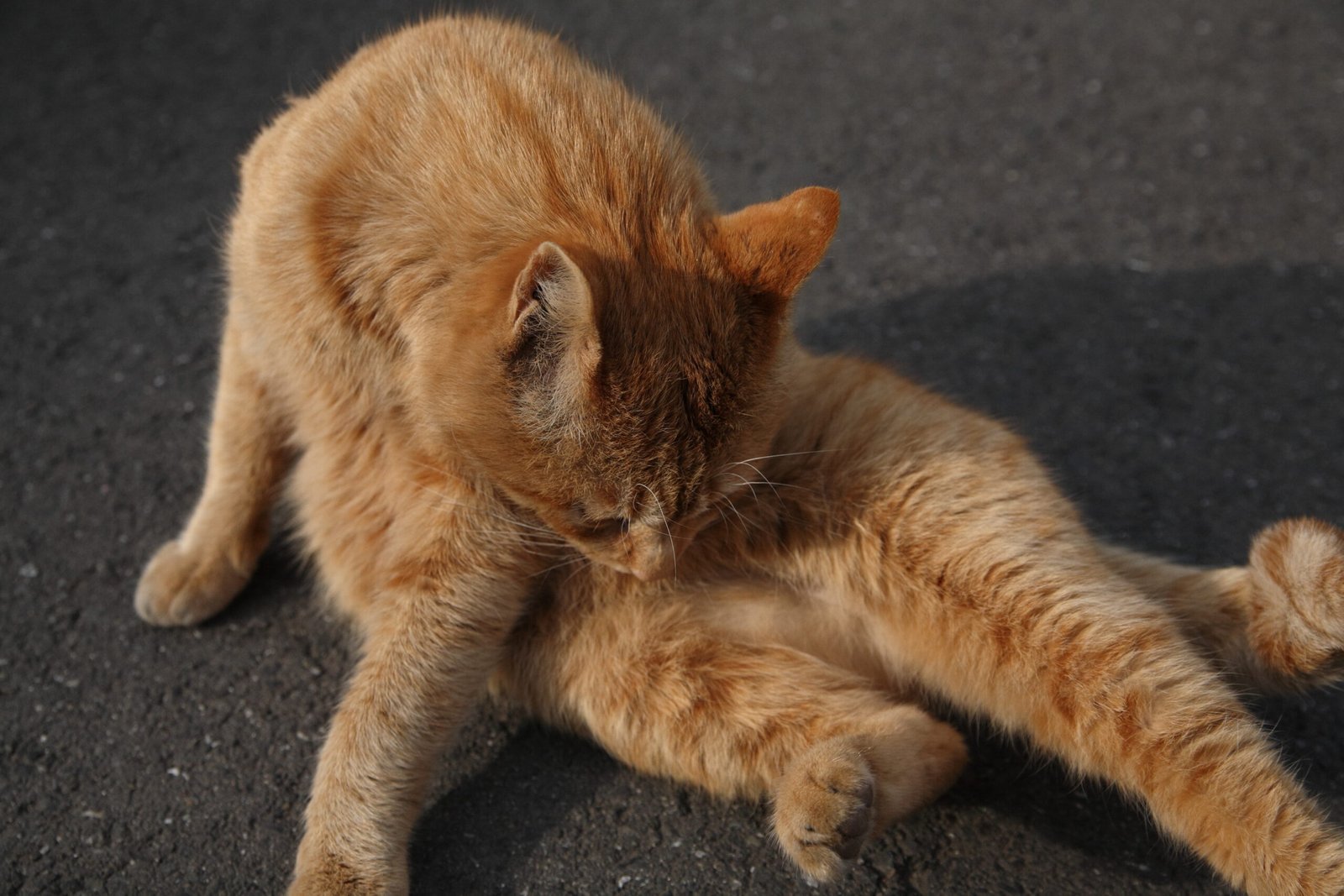Is your cat licking the same spot so much that fur’s disappearing? That could be more than just a grooming habit—it might be a cry for help. Overgrooming often signals stress, anxiety, boredom, or even a medical issue like allergies or skin irritation. Indoor cats are especially prone to this when they lack mental stimulation or their environment feels unpredictable. By introducing enriching toys, interactive playtime, and creating calm, secure spaces, you can help reduce their anxiety. And don’t skip the vet visit—sometimes the cause is deeper than behavior alone.
What Is Overgrooming in Cats?
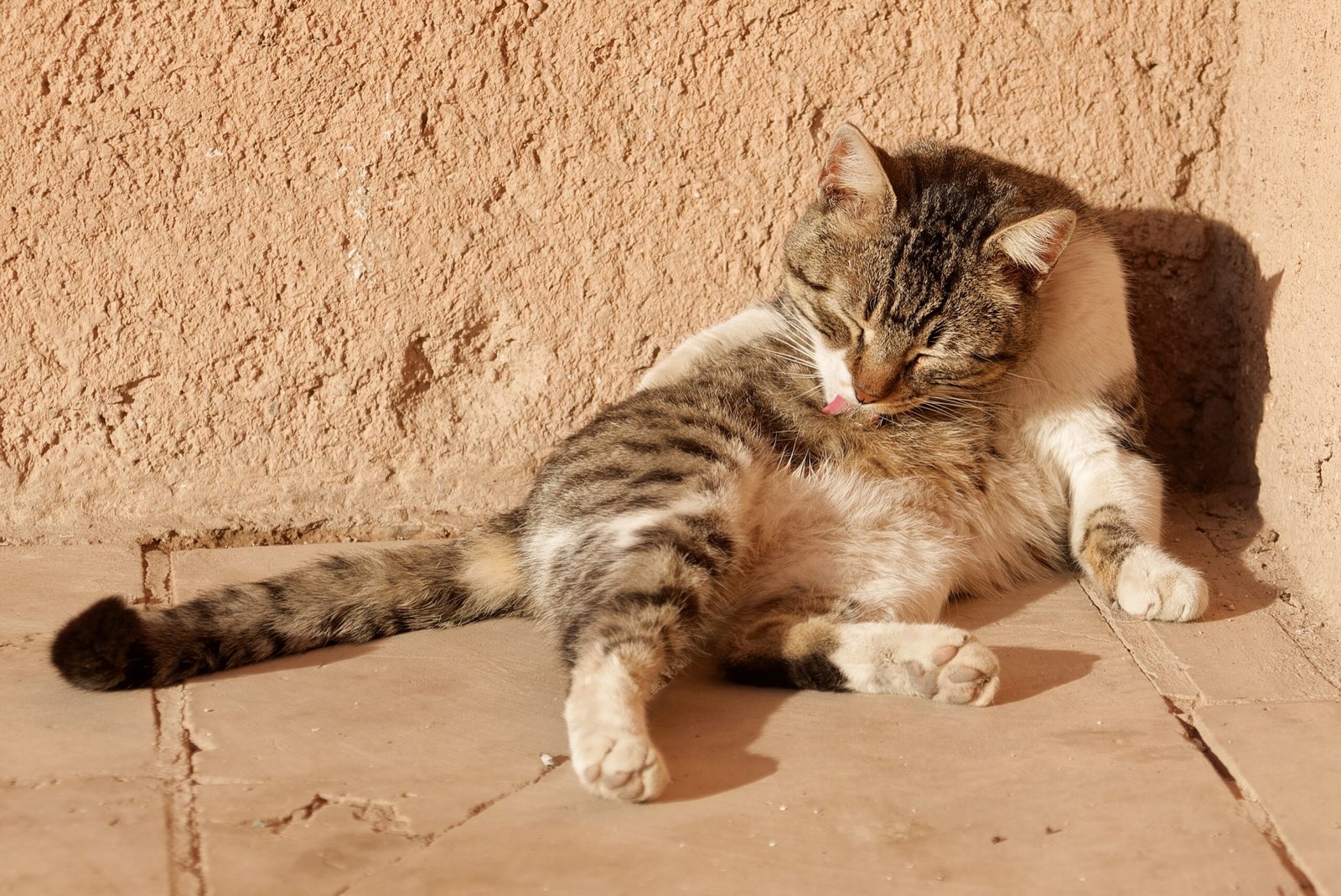
Overgrooming is when a cat spends an excessive amount of time licking, biting, or chewing at its fur and skin. Unlike normal grooming, which keeps their coat clean and healthy, overgrooming can lead to hair loss, redness, and even open sores. You might notice your cat focusing on one spot, such as their belly, legs, or flanks, until the fur thins out or disappears altogether. This behavior doesn’t just pop up overnight; it often builds up subtly, making it easy to miss until the signs are obvious. Cats are naturally tidy animals, so spotting the difference between normal grooming and overgrooming is essential. If your cat’s tongue seems to be working overtime or their coat looks patchy, it’s time to pay closer attention.
Common Signs of Cat Overgrooming
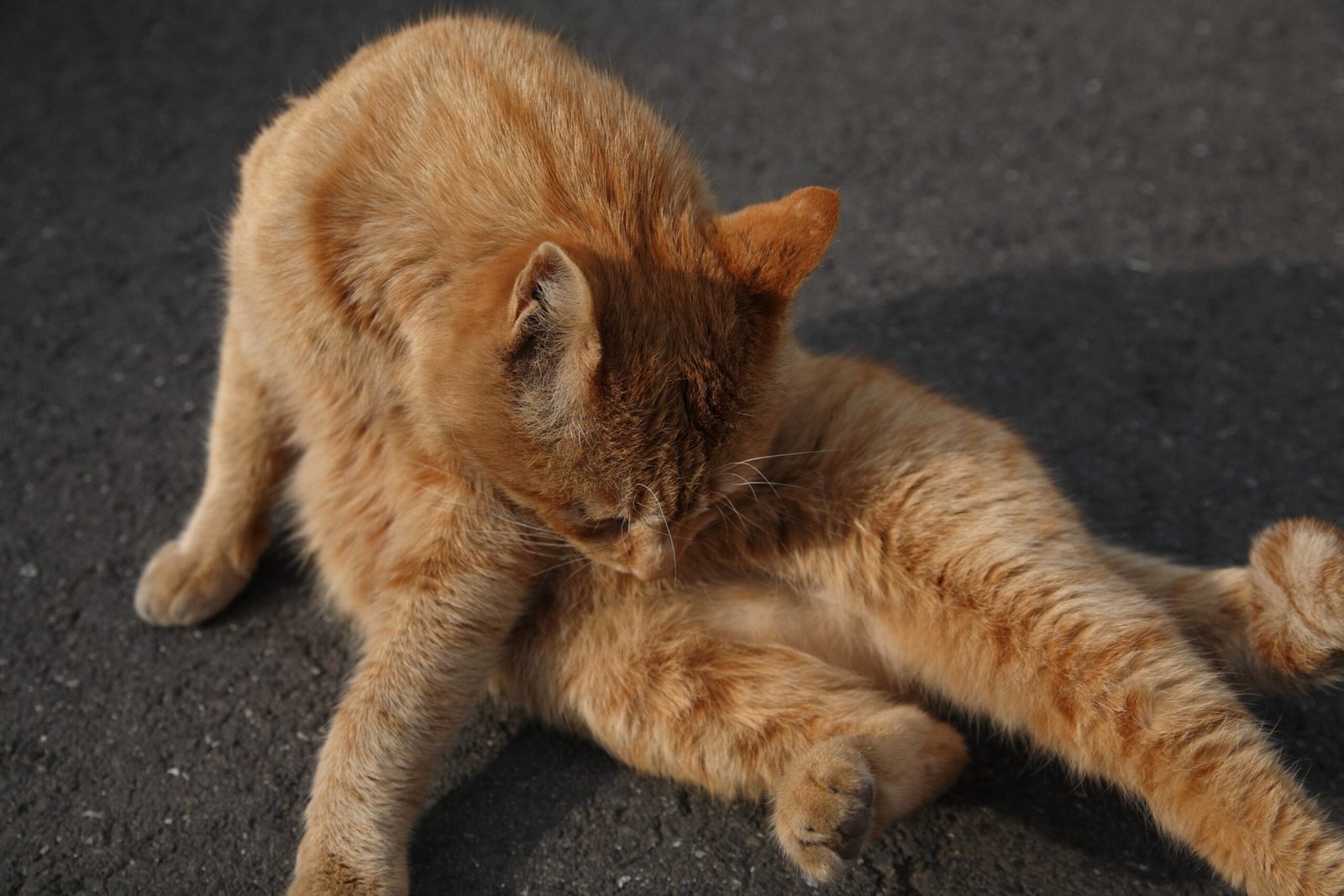
It can be tricky to spot overgrooming, especially in multi-cat households or with shy felines. Watch for bald patches, especially on the belly, thighs, or along the sides. Red or irritated skin, scabs, and even bleeding can be signs your cat is hurting themselves with excessive licking. Sometimes, you might hear the sound of persistent licking even when you’re out of sight. Cats who overgroom may also show changes in behavior—hiding more, acting irritable, or seeming anxious. If your usually social kitty starts avoiding you or looks uncomfortable, these could be subtle clues. Look for patterns, like increased grooming after a stressful event such as moving or the arrival of a new pet.
Why Do Cats Overgroom? Uncovering the Causes
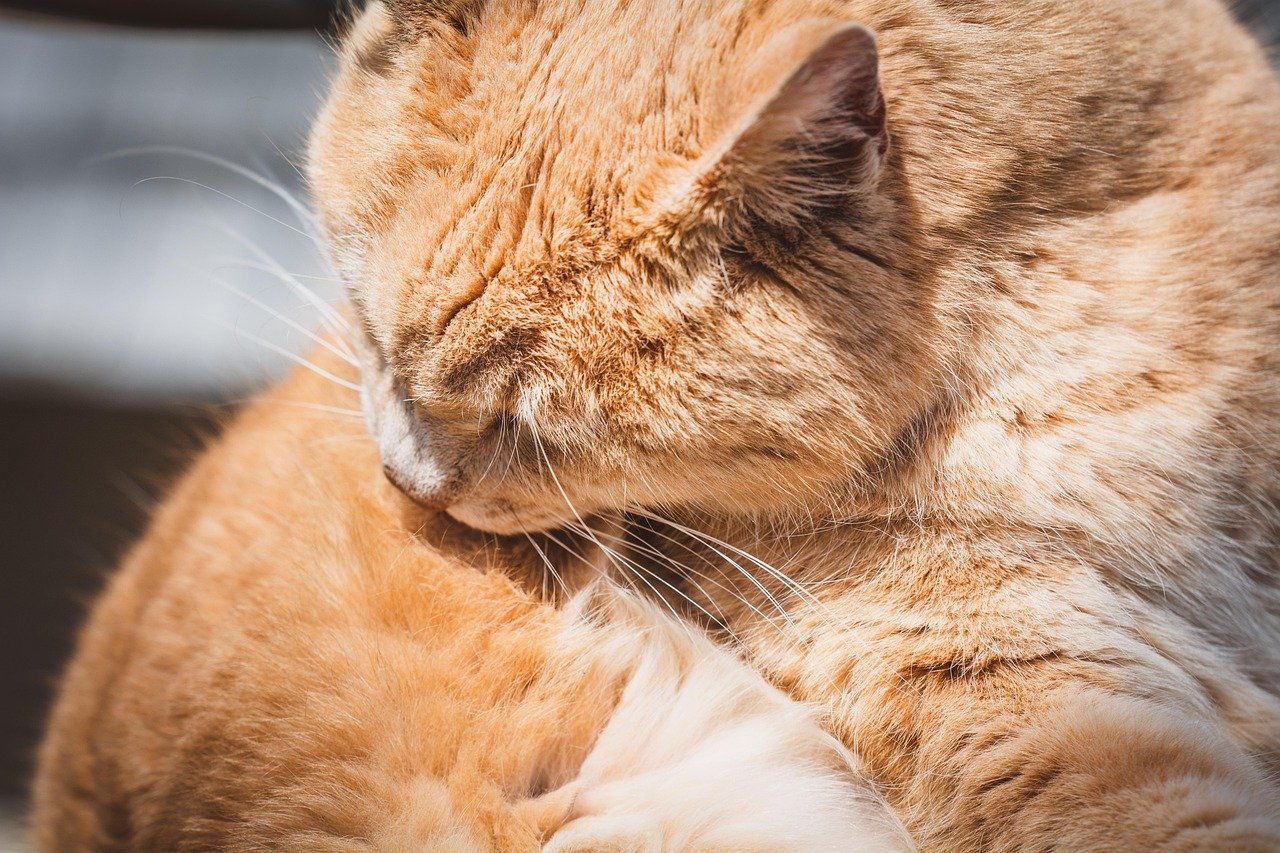
There’s no single answer to why cats overgroom, but stress is a major culprit. Changes in the household, new animals, loud noises, or even boredom can trigger this behavior. Medical conditions are another reason—skin allergies, fleas, infections, or pain from arthritis can all make cats obsess over their fur. Sometimes, it’s a mix of both, with stress amplifying a minor irritation into a full-blown grooming frenzy. Think of it as a coping mechanism, like humans biting their nails when anxious. Identifying the root cause is crucial because treating only the symptoms won’t solve the problem. Keeping a diary of your cat’s habits and any changes at home can help uncover the source.
How Stress Influences Your Cat’s Grooming Habits
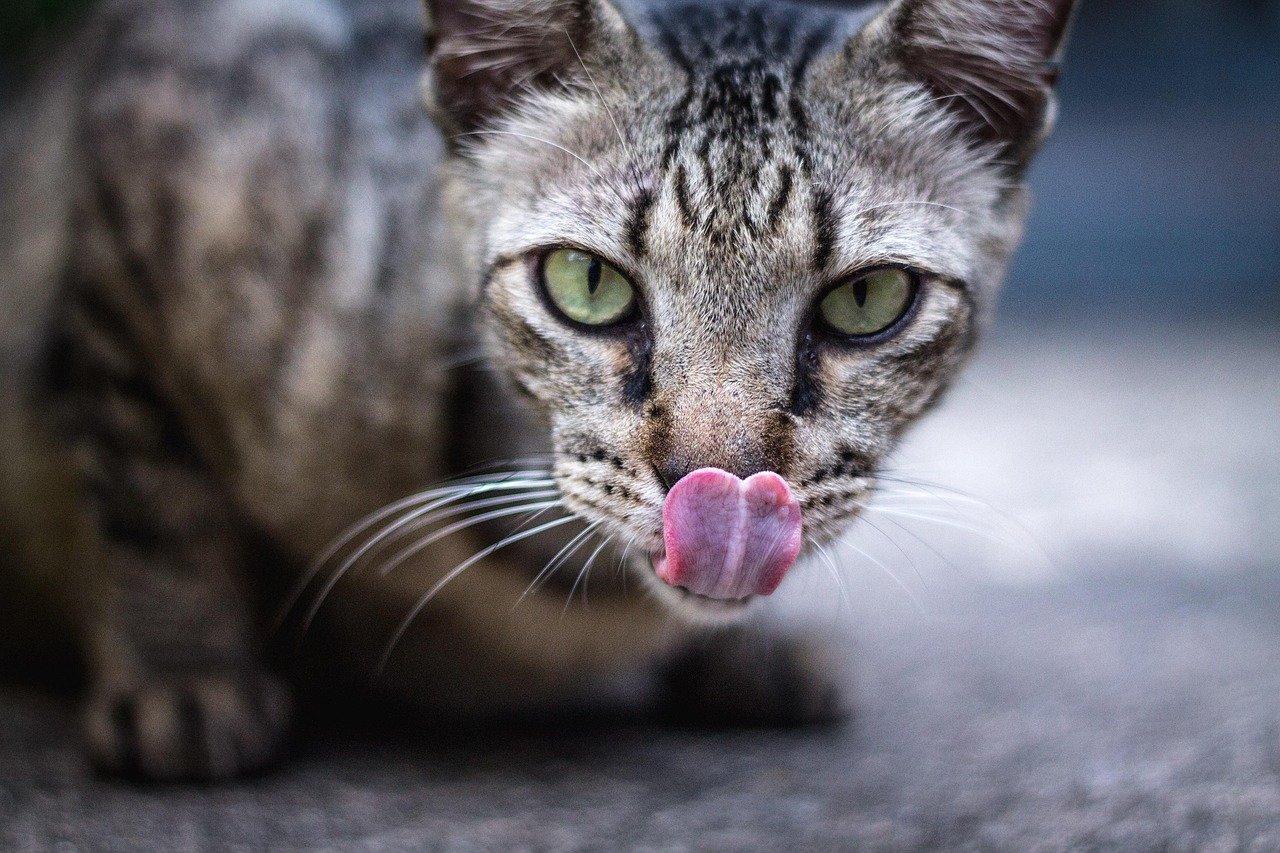
Cats are creatures of habit, and even small changes can leave them feeling unsettled. Stress can come from moving to a new home, changes in routine, or introduction of new family members or animals. When cats feel anxious, licking provides a sense of comfort, almost like a child clinging to a favorite blanket. This self-soothing behavior can spiral into overgrooming if the stress isn’t resolved. You might notice your cat grooming more after a thunderstorm or when guests come over. Understanding your cat’s triggers is the key to calming their nerves and restoring peace in their world.
Medical Problems That Lead to Overgrooming
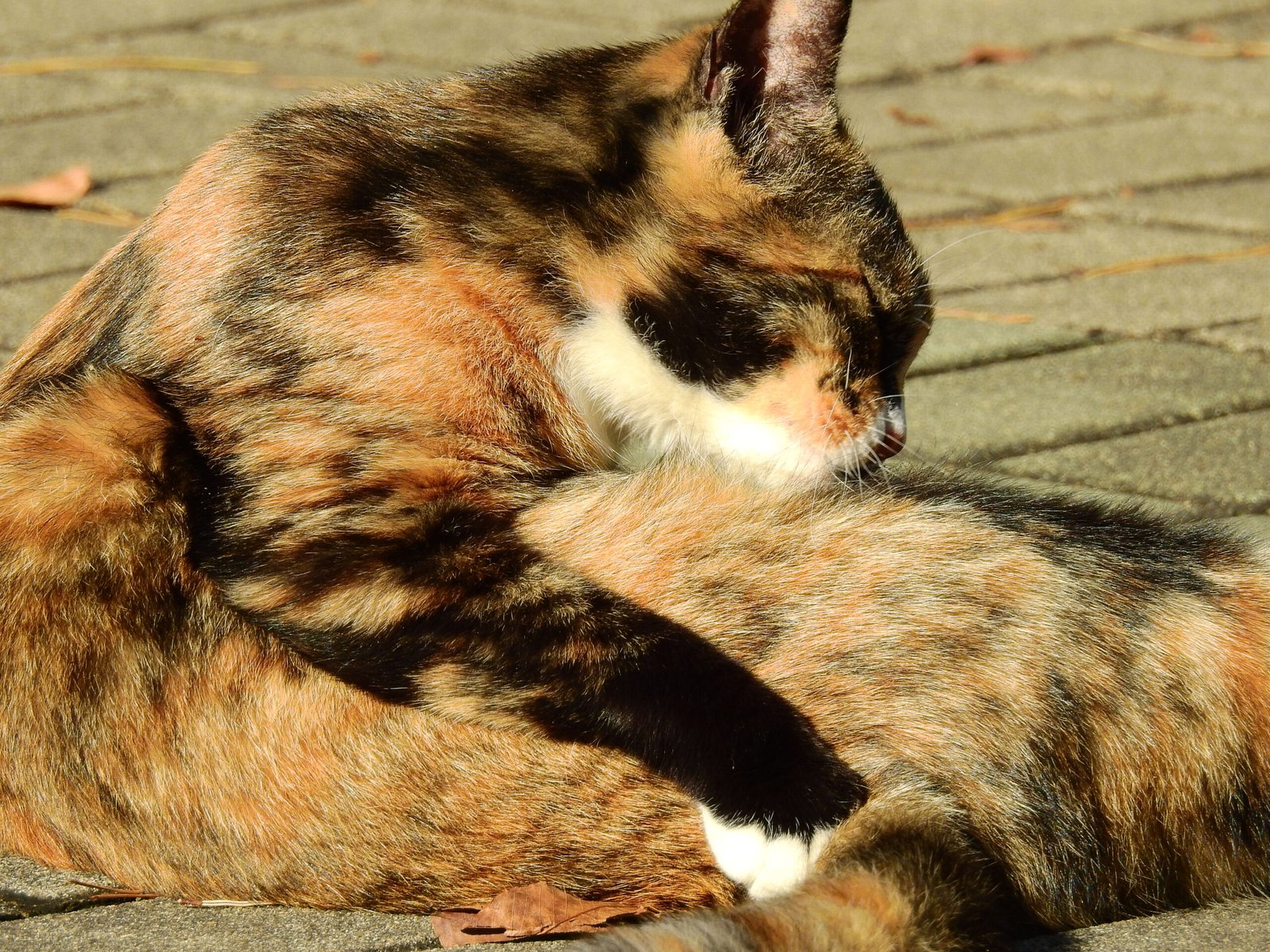
Not all overgrooming is caused by stress—sometimes, it’s a sign that something is physically wrong. Fleas, mites, and other parasites can cause intense itching, making cats lick and bite at their skin desperately. Skin allergies, food sensitivities, or reactions to cleaning products are also common culprits. Painful conditions like arthritis or urinary tract infections may cause cats to focus on certain areas, trying to relieve discomfort. It’s important to visit your veterinarian to rule out these medical issues before assuming your cat’s grooming is purely emotional. A thorough checkup and sometimes blood tests or skin scrapings can reveal hidden problems.
How to Tell If Your Cat Is Stressed
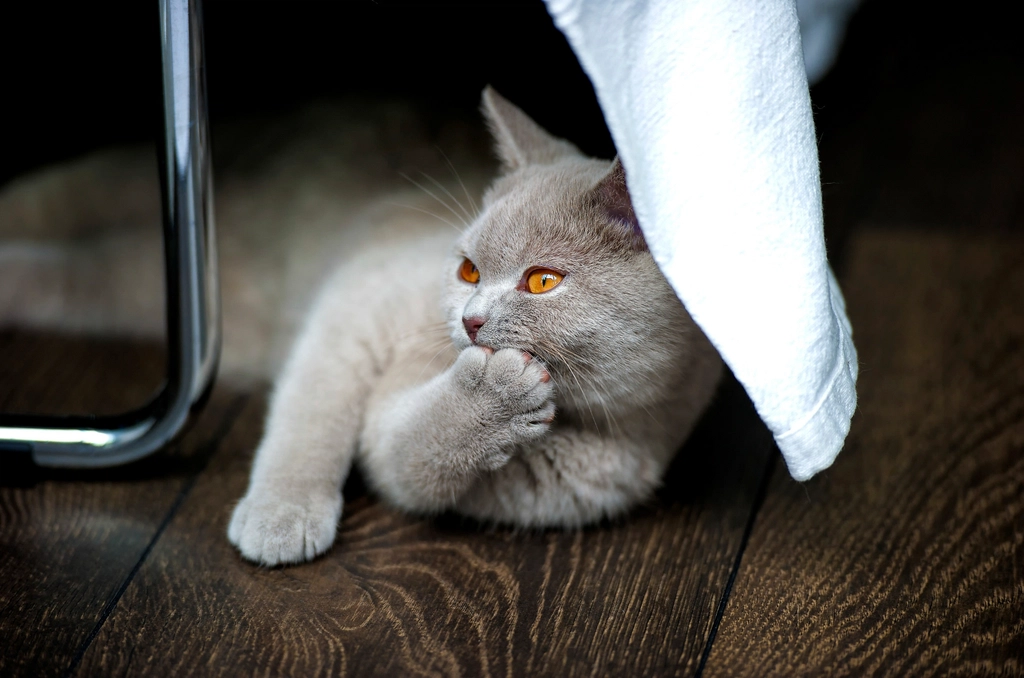
Cats express stress in subtle ways, and overgrooming is often just the tip of the iceberg. Watch for other clues like hiding, loss of appetite, changes in litter box habits, or increased vocalization. Some cats become clingy, while others withdraw. Small changes in their day-to-day behavior—like avoiding favorite spots or becoming aggressive—can also point to emotional trouble. Think about any recent changes in your home that could have unsettled your cat. Even rearranging furniture or a change in your work schedule can be enough to trigger anxiety in sensitive felines.
Simple Home Solutions to Help Your Cat
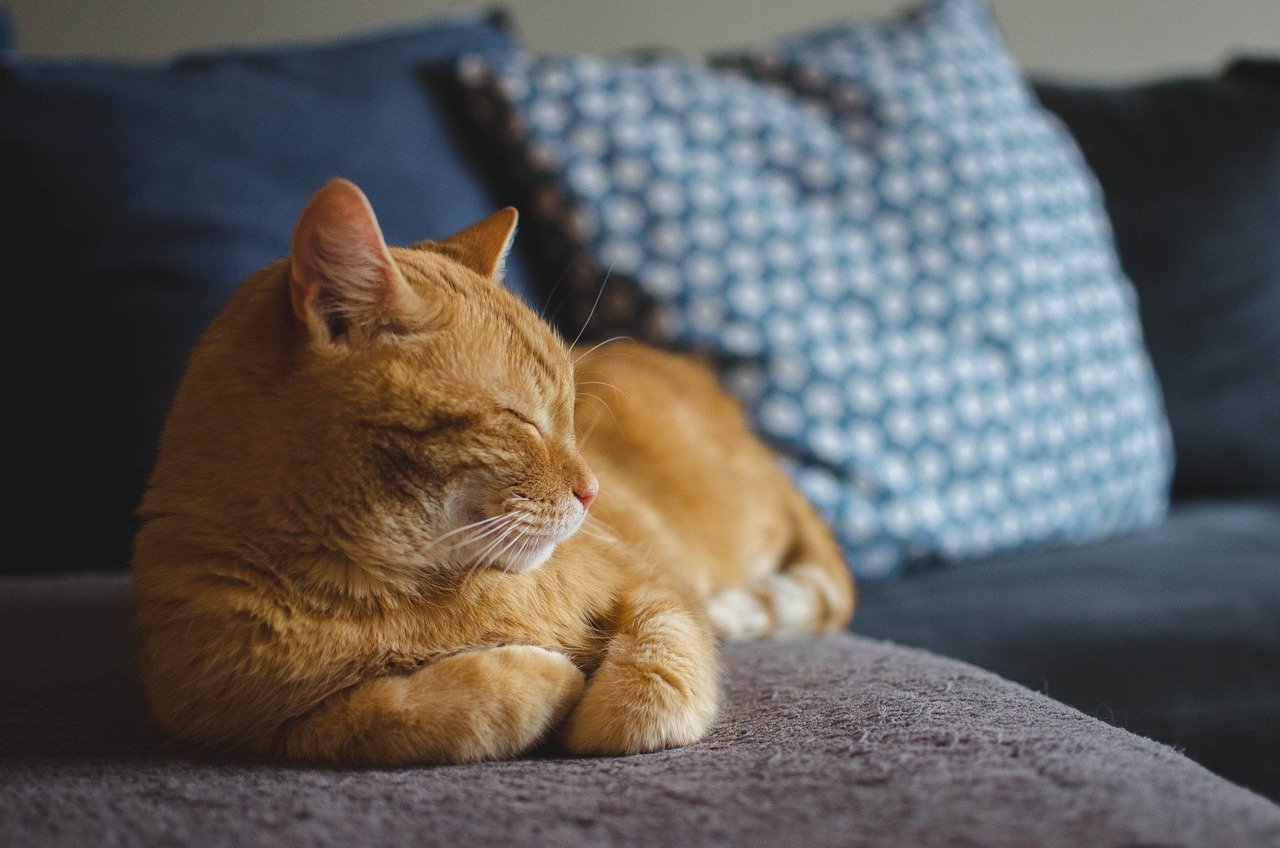
There are many ways to help a cat who’s overgrooming due to stress. Start by creating a safe and quiet space where your cat can retreat and relax. Provide hiding spots, cozy beds, and high perches so your cat feels secure. Stick to a consistent feeding and playtime schedule to restore routine. Enrich their environment with scratching posts, interactive toys, and puzzle feeders to keep boredom at bay. Calming pheromone diffusers or sprays can also help soothe anxious cats. Sometimes, just spending extra quiet time together or using gentle petting techniques can make a world of difference.
When to Seek Veterinary Help
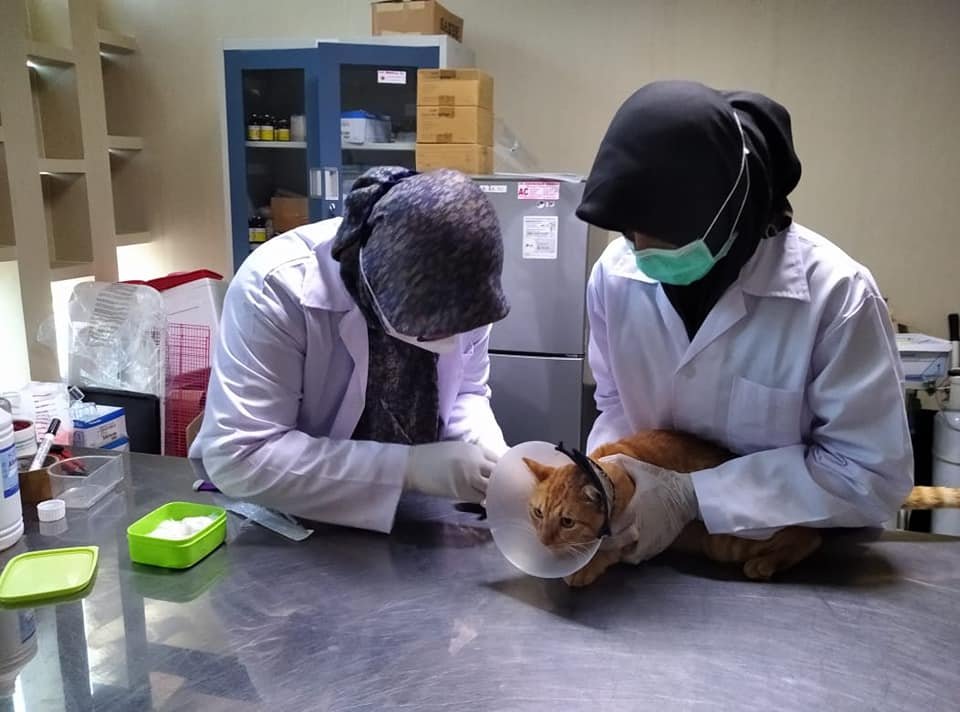
If your cat’s overgrooming leads to bald patches, sores, or bleeding, it’s time to call the vet. Don’t delay if you notice sudden changes in behavior, appetite, or litter box use. A veterinarian can examine your cat for medical causes and may recommend tests or treatments. Sometimes, medication is needed to control itching, pain, or anxiety. Early intervention is key—left untreated, overgrooming can become a stubborn habit that’s hard to break. Remember, your vet is your partner in keeping your cat happy and healthy.
Behavioral Approaches to Reduce Overgrooming
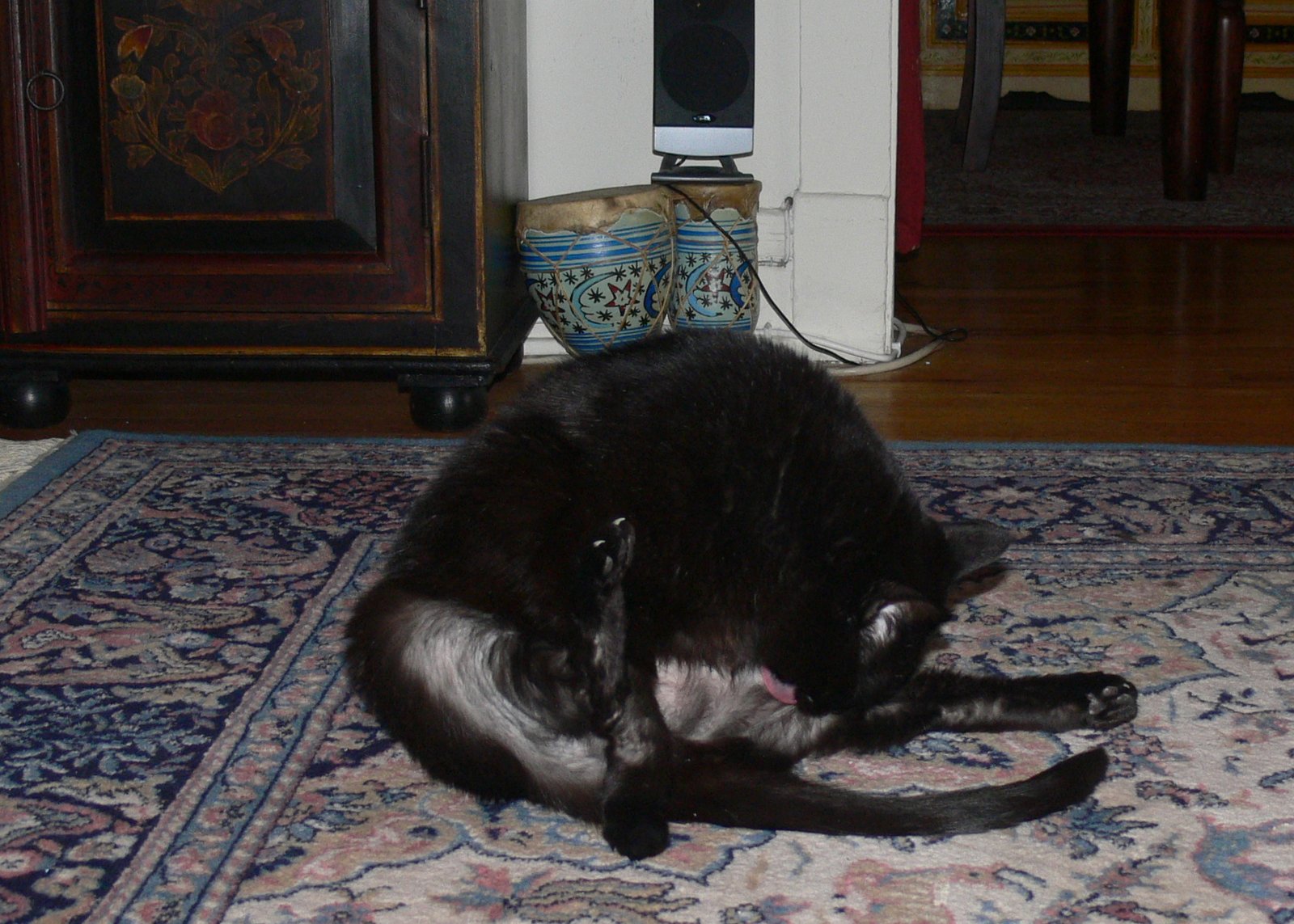
Sometimes, cats get stuck in a grooming loop, even after the original stress or medical issue is resolved. Behavioral modifications can help break this cycle. Increase playtime and interactive activities to redirect your cat’s focus. Use positive reinforcement, like treats or praise, when your cat chooses toys over grooming. Avoid punishing or scolding, as this can increase anxiety and worsen the problem. If needed, a certified animal behaviorist can develop a customized plan for your cat. Patience and consistency are essential—think of it as retraining your cat’s brain one paw at a time.
Preventing Overgrooming Before It Starts
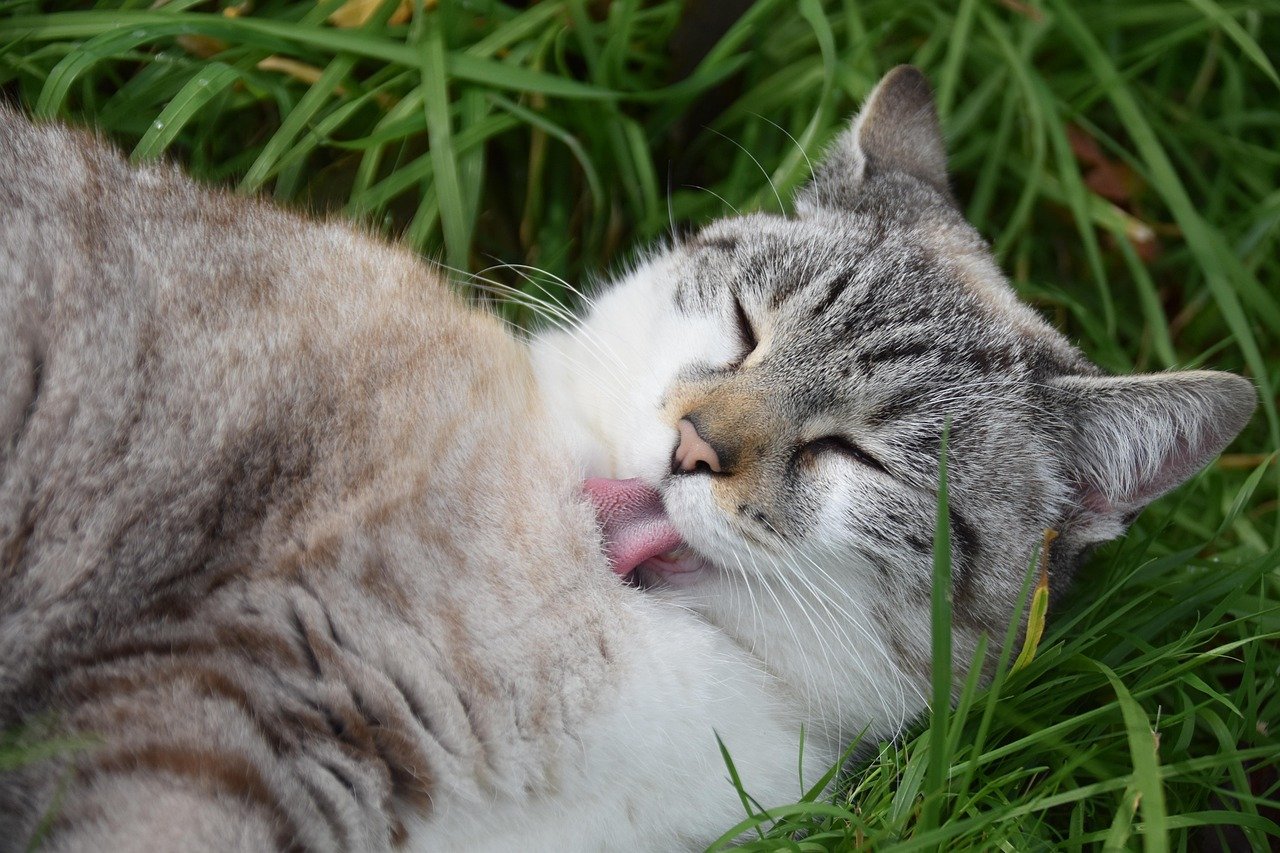
Prevention is always better than cure. Keep your cat’s environment stable, and introduce changes gradually. Regular vet visits can catch medical issues before they spiral into overgrooming. Keep your cat’s mind and body active with toys, climbing trees, and daily play sessions. Watch for early signs of stress, and address them promptly. Small gestures—like a new scratching post or an extra cuddle—can make your cat feel safe and loved. By staying attentive and proactive, you can help your cat enjoy a life filled with comfort and confidence.
At the end of the day, overgrooming isn’t just a quirky cat habit—it’s often their way of waving a little red flag. By staying alert to the signs and making small, thoughtful changes to their routine or environment, you can help your cat feel safe, calm, and loved. And when in doubt, a quick vet check can rule out anything medical. A happy cat is a healthy cat, and your attention makes all the difference.

Esther is from India; the heartbeat of South Asia, holding a Master’s degree in Zoology and a postgraduate diploma in Animal Welfare. Her enthusiasm for animal welfare drives her passion and dedication to working for animals, ensuring their well-being, and advocating for their rights. With a solid academic background and hands-on experience, she is committed to making a positive impact in the field of animal welfare. In her free time, she enjoys embroidery and sewing. As a Chennaite from Tamil Nadu, Esther loves Bharathanatyam, an Indian classical dance form.

